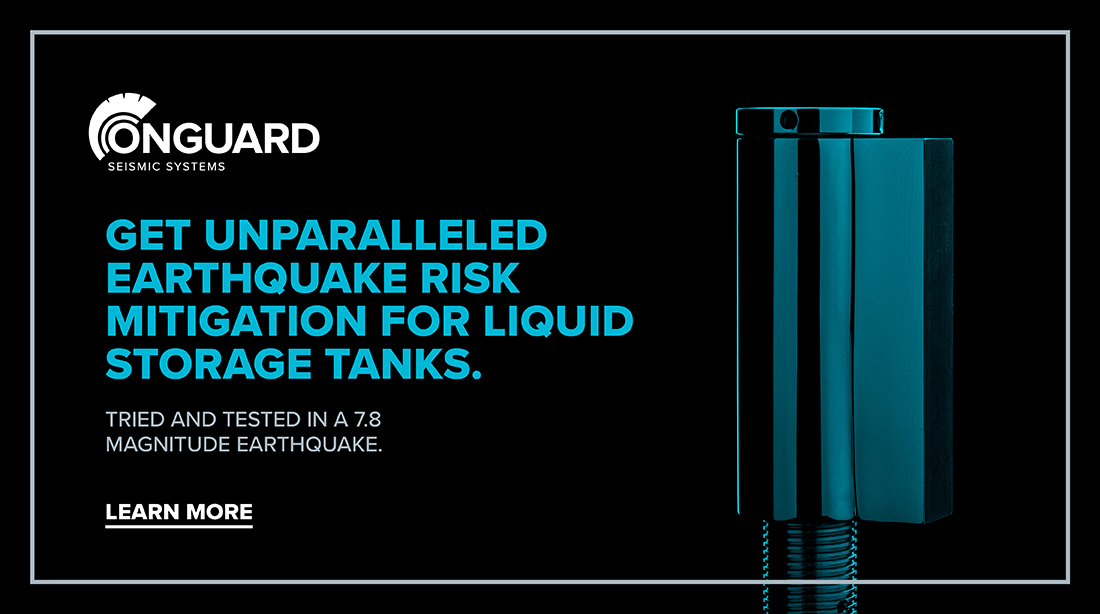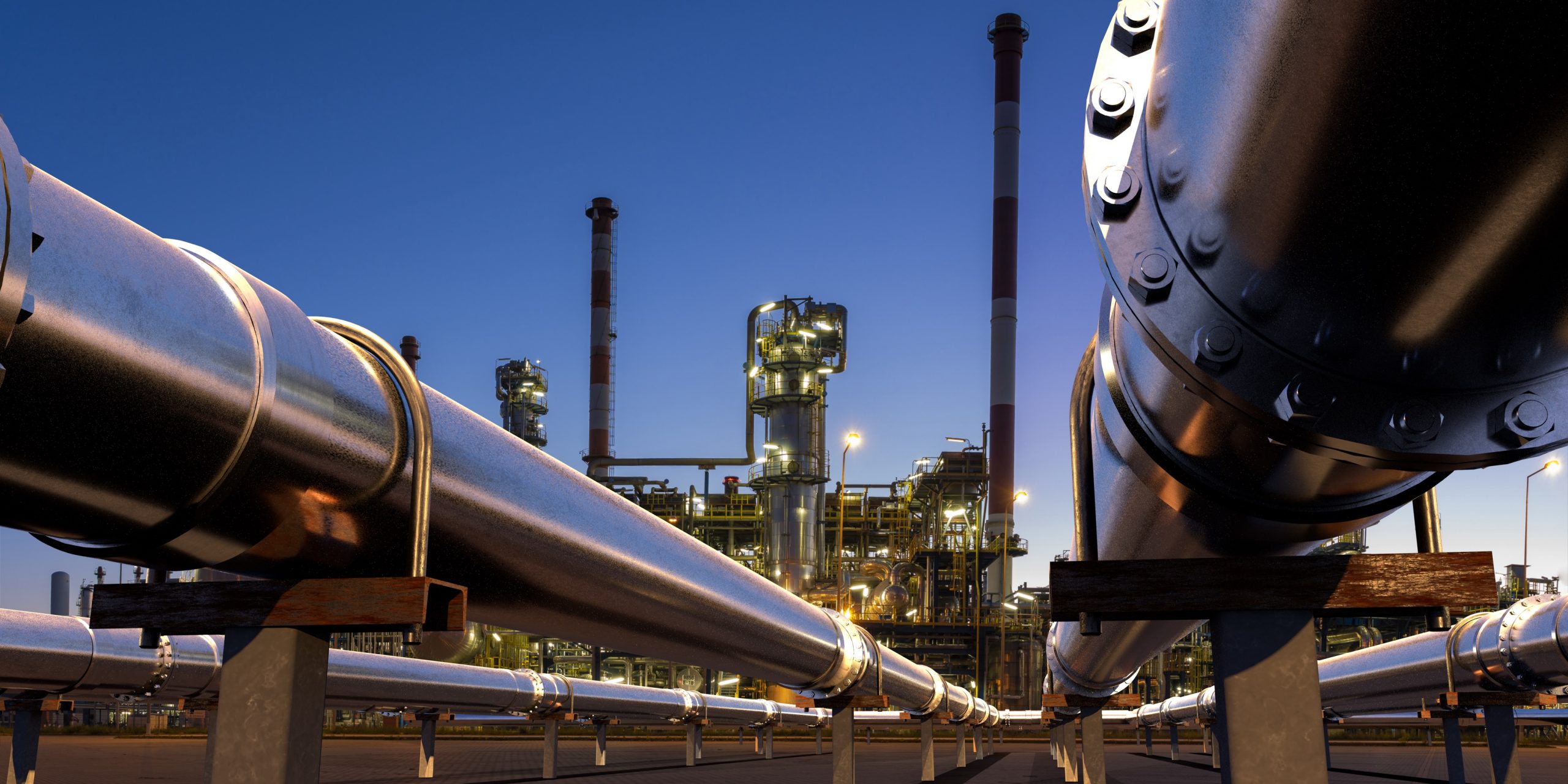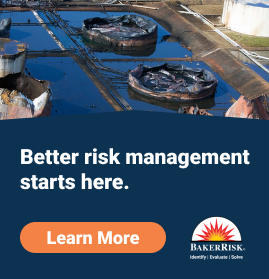Tariff rate compression, often referred to as a race to the bottom for midstream operators, was a hallmark of the COVID-19 pandemic for some crude pipelines.
As stocks built and inland differentials tightened, pipeline operators were forced to lower tariff rates to keep barrels flowing on their pipelines. Wood Mackenzie said its new North American Oil Pipeline Tariffs product helps shed light on the tariff rate strategies pursued by midstream players.
For Permian crude pipeline operators, that race to the bottom was on top of stiff competition out of a basin that saw its takeaway capacity nearly double since January 2019. That meant a one-two punch of competition and narrow differentials, which sent tariff rates for some pipelines plummeting. All at a time when those same operators were trying to make sure their investments were profitable and well-utilised.
While oil prices underwent a remarkable recovery in late 2020, inland differentials, particularly between the Permian basin and the US Gulf Coast, remained tight. That’s where tariff strategies diverged.
In December 2019, before the pandemic began, EPIC Midstream’s 600,000 bpd Permian-to-Gulf Coast pipeline offered a spot rate of $1.35/bbl for its Crane, TX,-to-Corpus Christi, TX, route in an attempt to attract uncommitted shippers.
Those were the same terms offered to committed shippers. However, beginning August 2020, EPIC began charging $4.53/bbl for uncommitted shipments on that same route. EPIC’s crude pipeline was approximately 52 percent utilised in 2020, according to Railroad Commission of Texas (TxRRC) data provided via Wood Mackenzie’s Gulf Coast Pipelines service.
With the differential between Midland and Houston pricing sitting at a mere $0.48/bbl year-to-date, third-party spot rates are clearly out of the money and the differential is firmly driven by pipeline internal marketing affiliates. However, WoodMac expects the Permian basin, the crown jewel of the US onshore production growth story, to return to form in 2022 with producers more confidently deploying capital, adding rigs and inflecting supply growth higher, according to its North American Crude Markets Service.
Returning supply growth to the region will begin to fill the substantive excess pipeline capacity and return pricing power to pipelines in re-contracting efforts and once again make spot rates relevant for differential conversations. Having a view into changes in pipeline pricing strategy will be critical in understanding relative pricing trends in West Texas.
For more information visit www.woodmac.com














